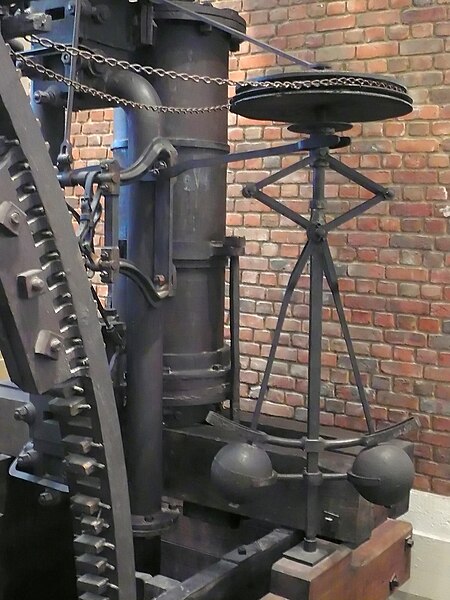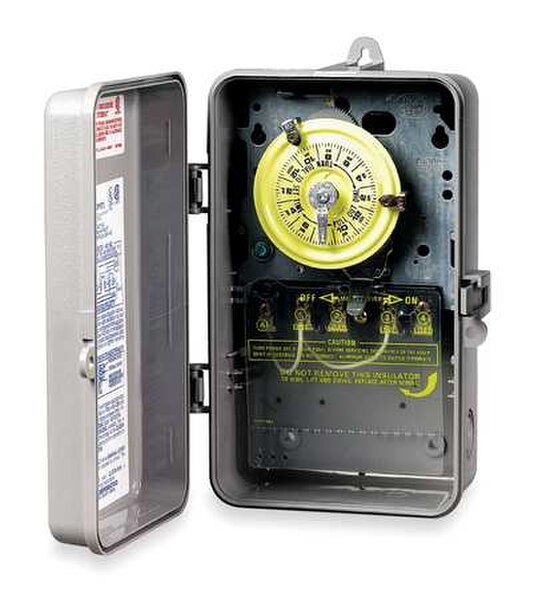In control theory, a bang–bang controller, is a feedback controller that switches abruptly between two states. These controllers may be realized in terms of any element that provides hysteresis. They are often used to control a plant that accepts a binary input, for example a furnace that is either completely on or completely off. Most common residential thermostats are bang–bang controllers. The Heaviside step function in its discrete form is an example of a bang–bang control signal. Due to the discontinuous control signal, systems that include bang–bang controllers are variable structure systems, and bang–bang controllers are thus variable structure controllers.

A water heater that maintains desired temperature by turning the applied power on and off (as opposed to continuously varying electrical voltage or current) based on temperature feedback is an example application of bang–bang control. Although the applied power switches from one discrete state to another, the water temperature will remain relatively constant due to the slow nature of temperature changes in materials. Hence, the regulated temperature is like a
Control theory is a field of control engineering and applied mathematics that deals with the control of dynamical systems in engineered processes and machines. The objective is to develop a model or algorithm governing the application of system inputs to drive the system to a desired state, while minimizing any delay, overshoot, or steady-state error and ensuring a level of control stability; often with the aim to achieve a degree of optimality.
Centrifugal governor in a Boulton & Watt engine of 1788
An electromechanical timer, normally used for open-loop control based purely on a timing sequence, with no feedback from the process
Example of a single industrial control loop; showing continuously modulated control of process flow.




